Mongolia is no stranger to harsh winters, but it has been hit with extremely poor weather. This has led to disaster.
The Mongolian government passed a resolution in February 2024 declaring heightened readiness levels as severe winter weather affected the country, leaving livestock dead.
What Is Happening?
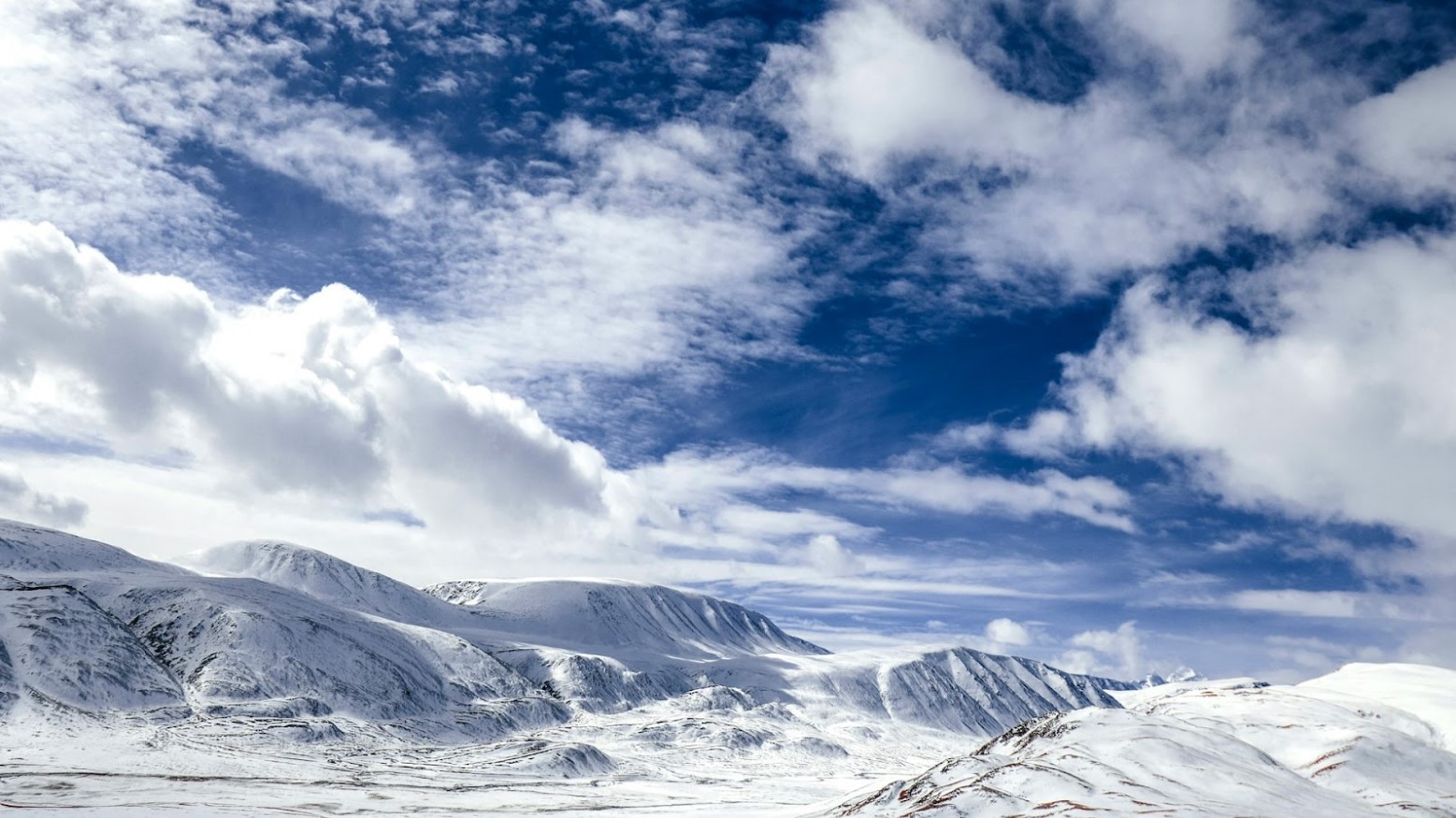
Mongolia was subjected to extreme, severe weather conditions over the winter. The Central Asian country is no stranger to experiencing “merciless” winters, but this was more extreme than usual.
There is a Mongolian term to describe the extreme weather across the region — a dzud.
What Is a Dzud?
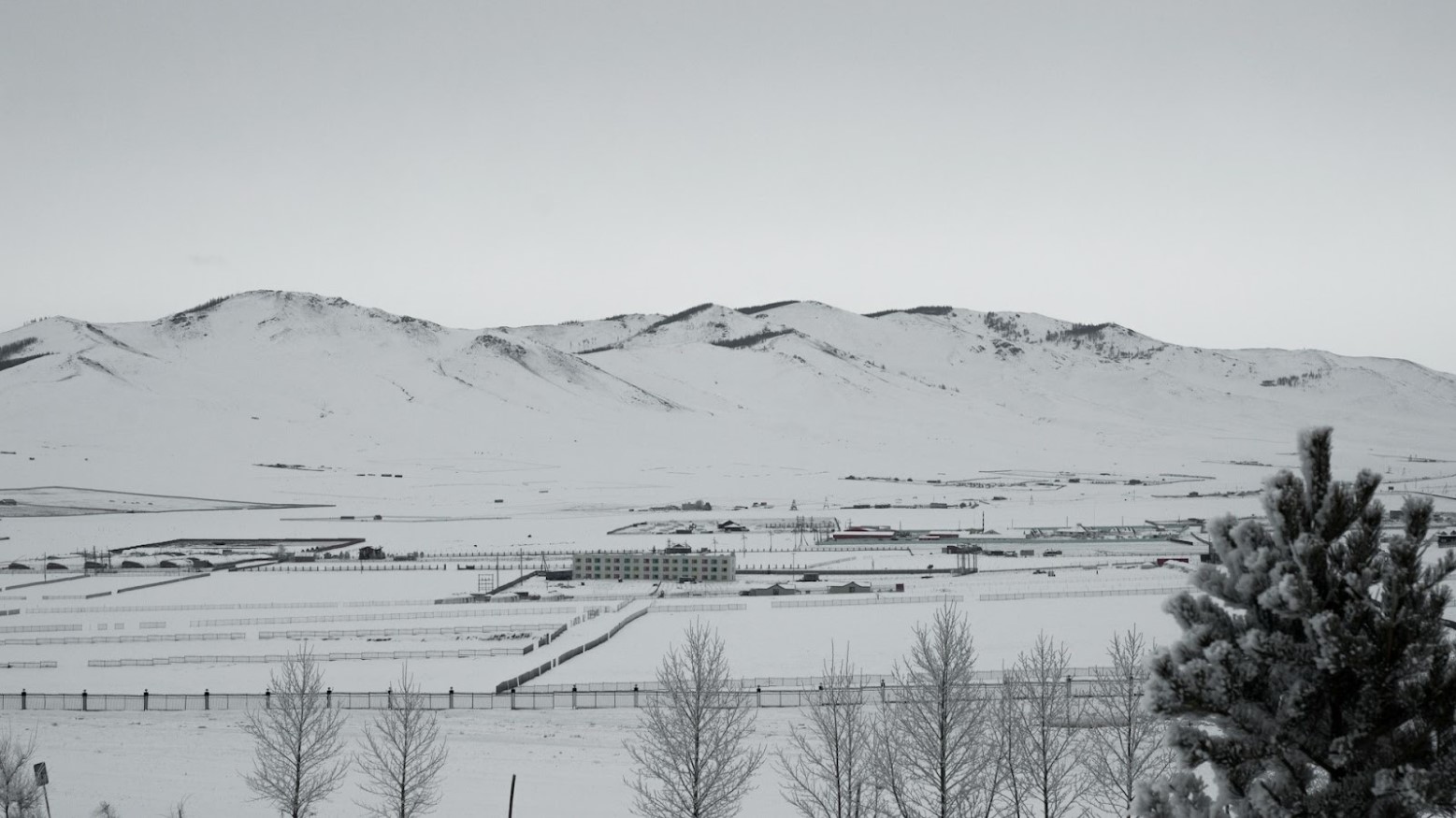
A dzud is an extreme cold weather event that can see temperatures drop to minus 30 C or lower, also bringing strong winds, snow and ice. Mongolia has seen the highest snowfall in 49 years, according to the World Health Organization (WHO).
At the peak of the dzud, 90% of the country was covered with thick snow, with huge areas of livestock grazing land impacted.
The Impact on Livestock

With the majority of the country’s grazing land frozen over or covered in snow, this obviously impacted livestock. With no safe areas for them to graze, animals froze or starved to death.
The dzud led to the death of an estimated 7.41 million livestock, a loss of just over 11% of the country’s total livestock.
How Important Is Livestock in Mongolia?

According to the New York Times, roughly a third of Mongolia’s population relies on herding and agriculture for livelihood. With 72% of Mongolia’s territory considered grazing land, livestock is a huge economic pillar.
This dzud has, therefore, had a massive impact across the nation, not just on individual farmers. Such a devastating impact on Mongolia’s agriculture industry also impacts their exports and export income.
Why This Weather Is So Concerning
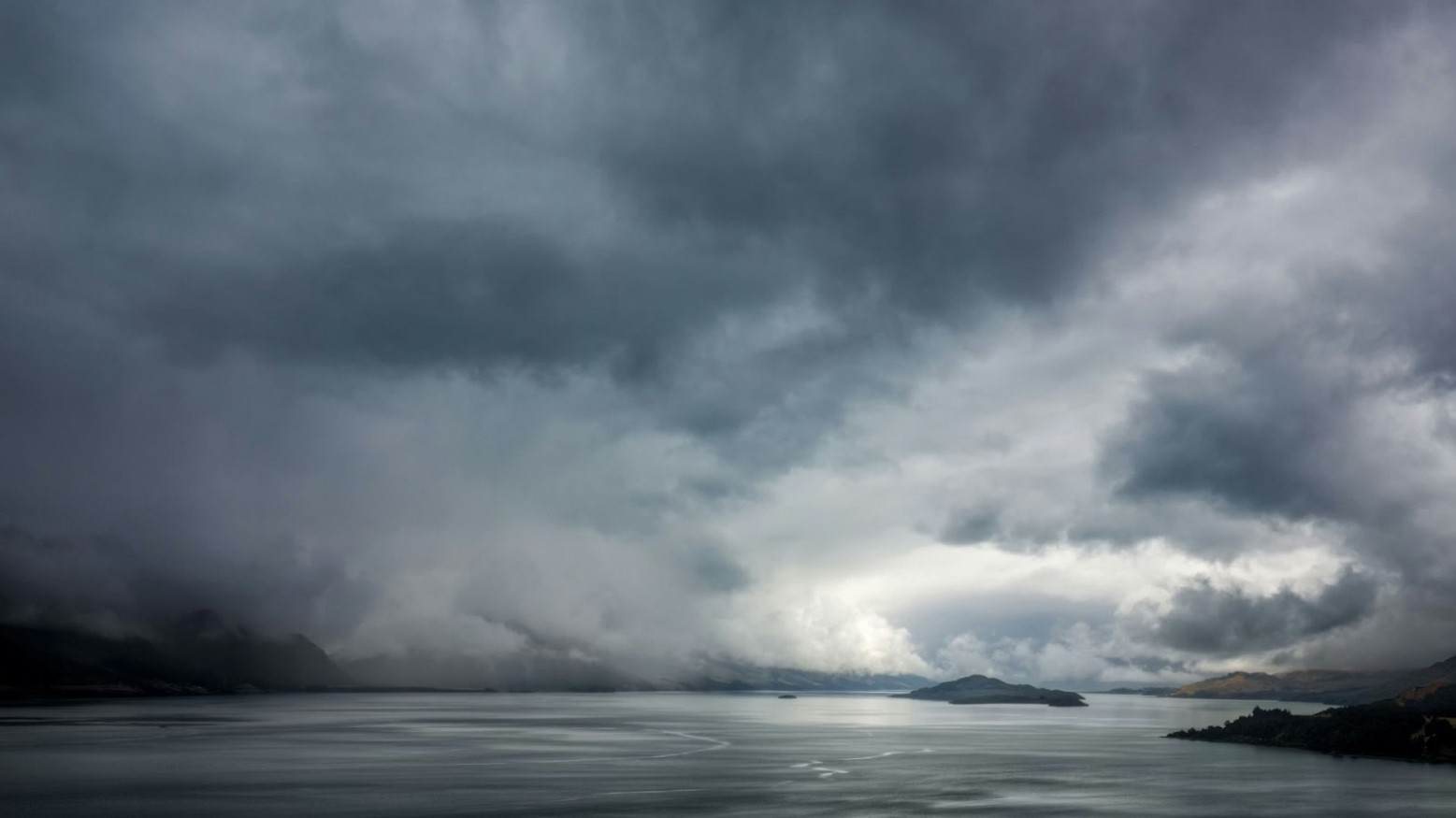
Mongolia is often subject to harsh cold-weather phenomena, but there is extra concern here. For one, the sheer magnitude of snowfall is more than the nation could have predicted or mitigated against.
The rising frequency of these weather events is also a cause for concern. Dzuds typically occur once a decade, but this marks the second consecutive harsh dzud and the fifth in ten years. Last year’s dzud affected approximately 70% of the country, so the impact of these events may also be on the rise.
The Impact of This Disaster

The devastation caused is plain to see for anyone in the area. A UNICEF representative sent to a remote village in the west to deliver medicine gave their first-hand account in an interview with the Times.
He described herders who lost the entirety of their livestock, having taken out loans to pay for extra food to feed their livestock through the winter. The account also reported that more than 2,000 families lost more than 70% of their livestock. It might take up to a decade to restore their livestock.
This Isn’t Limited to Mongolia
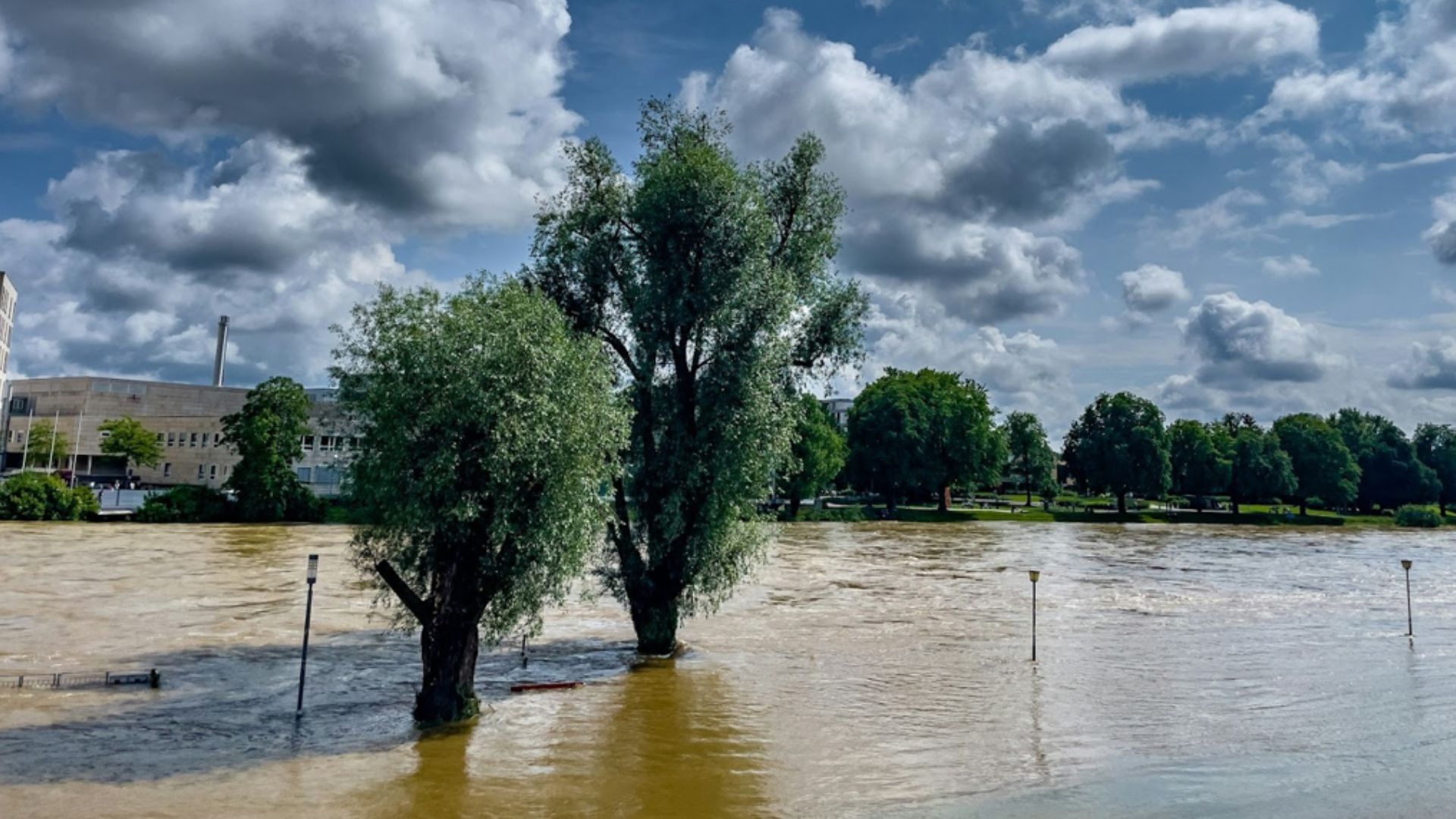
Extreme weather events like the dzud that impacted Mongolia have been happening all around the world. From heavy flooding in Germany to a record heat wave in India, there seem to be reports of catastrophic weather disruptions from somewhere every few months.
According to the European Environment Agency, extreme weather events are expected to become more frequent and intense due to the effects of climate change. Extreme weather poses a risk to nature, infrastructure, industry and human life wherever it strikes.
The Cause of This Disaster

As noted by the Times, no scientific studies have connected these weather phenomena with the overheating of our planet. There are other important factors contributing to the disaster to consider, such as overgrazing and the depletion of grasslands.
The report noted that temperatures in Mongolia are rising twice as fast as the global average. Extreme weather events in the country have also tripled in the last decade. Dzuds are worryingly becoming a fairly common occurrence.
What Is Being Done to Assist

When the Mongolian government elevated its disaster alert levels, it sent gas, food, hay and medical supplies to herders. International assistance was also given.
The United States government provided additional assistance for veterinary supplies, hay and cash relief through the USAID program. The WHO is also working closely with the Mongolian government and international partner organizations to help with the relief effort. The WHO shipped several tons of medical supplies to affected Mongolian provinces.
What Else Can Be Done to Help?
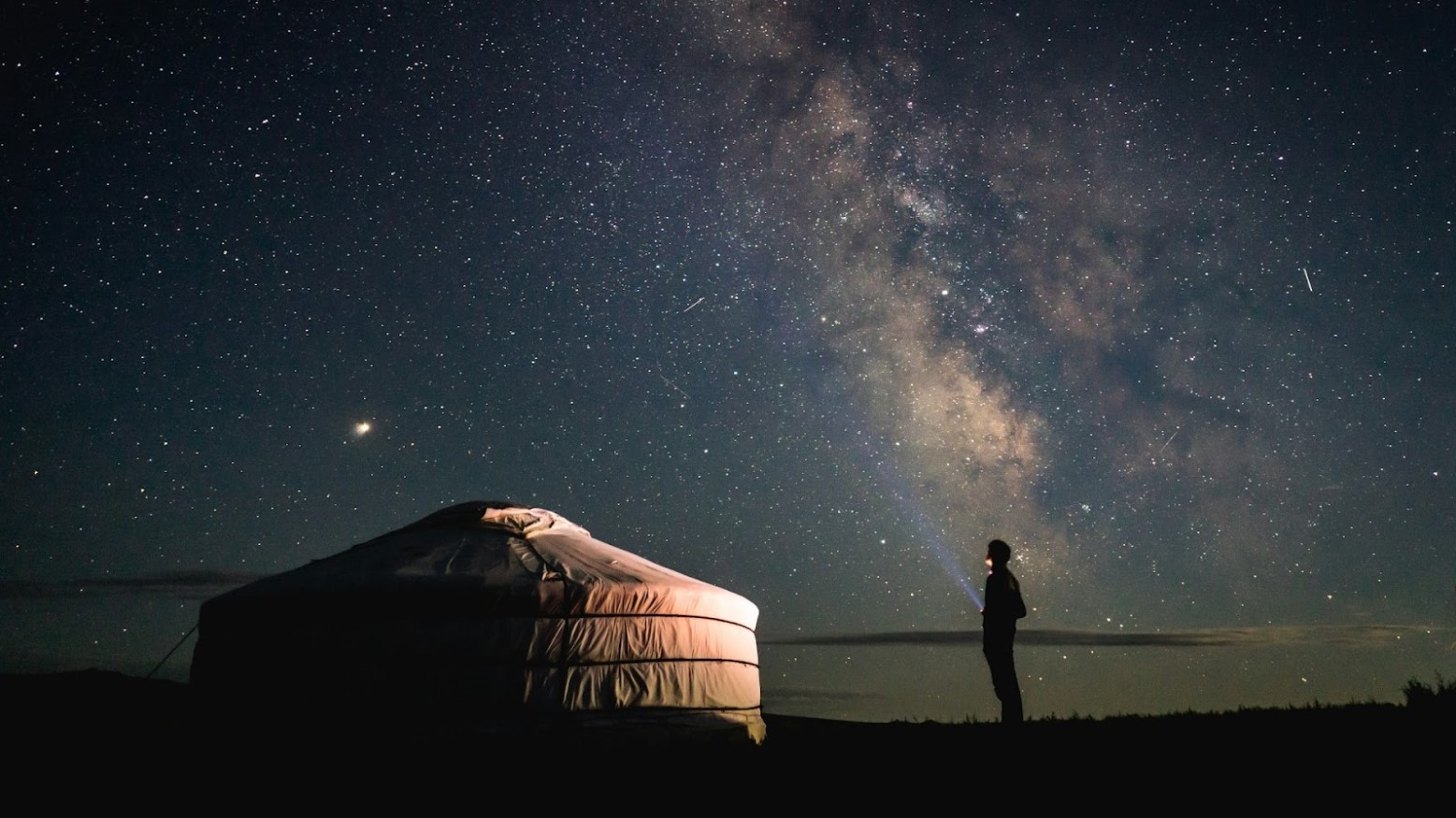
Work is being done to strengthen the country’s resilience for future winters to try and avoid similar devastation. USAID has already spent around $8 million since 2010 to support disaster risk reduction programs in the country.
In terms of how individuals can help, there are ways to donate to support people affected in Mongolia. The value of educating ourselves on climate-related issues and the steps we can take to reduce our potential impact cannot be overstated.
The Future of Mongolian Agriculture
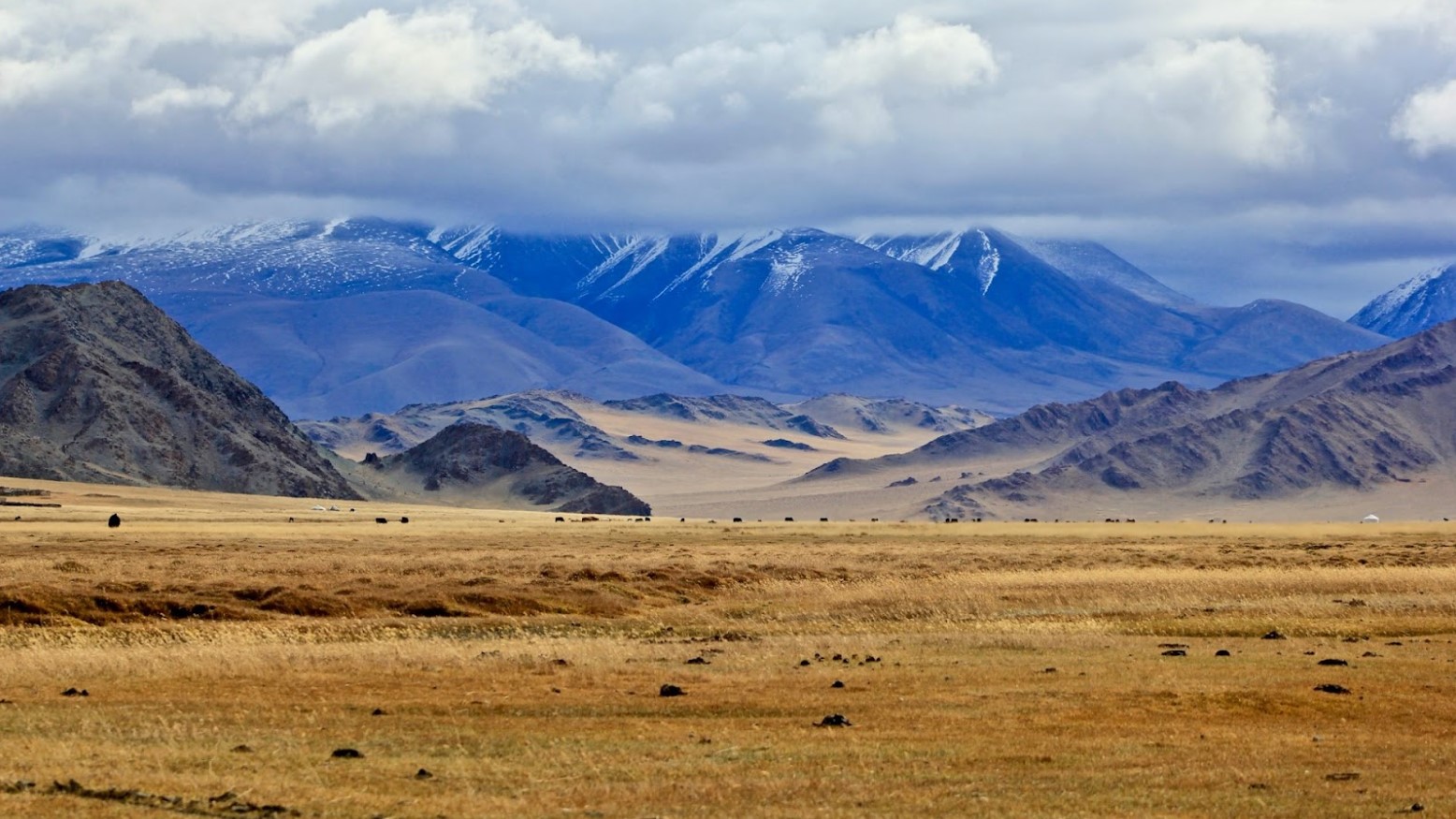
A dzud like this should be a rare event, but freak weather disasters of this kind are happening more and more frequently. Not just in Mongolia, but around the world.
Mongolia will attempt to rebuild its agricultural industry in the wake of this loss of livestock with the help of international aid partners but with one eye on the future. Devising strategies to mitigate potential future weather disasters is becoming an increasing priority for many industries around the globe.
